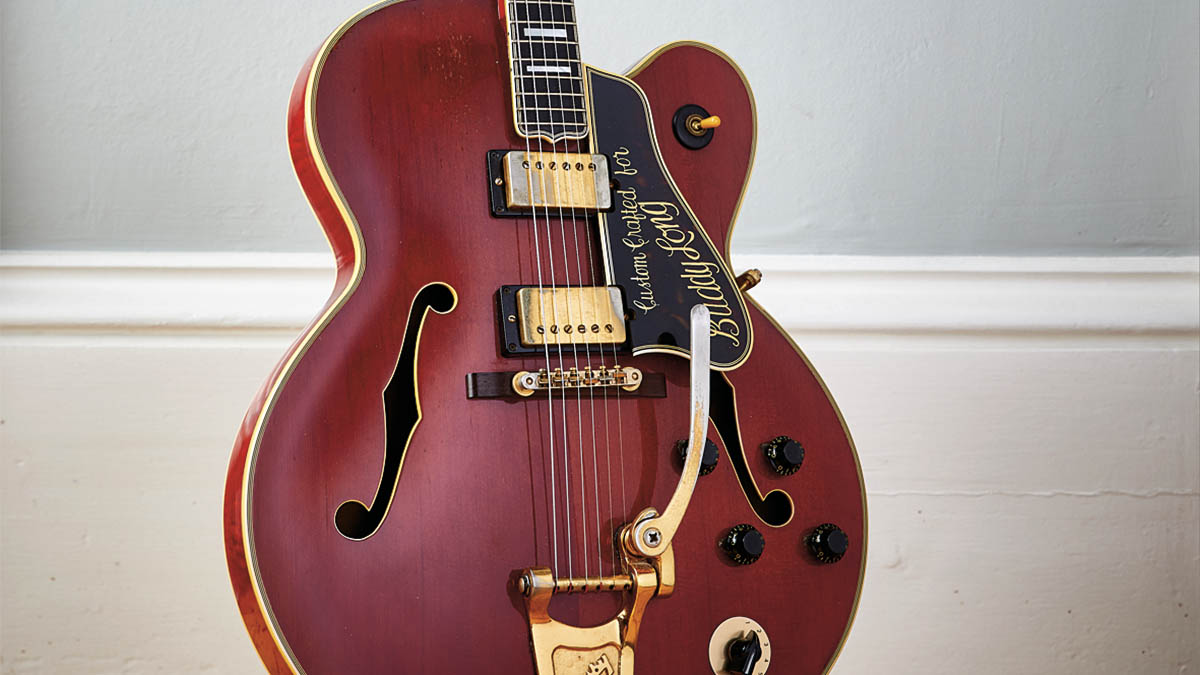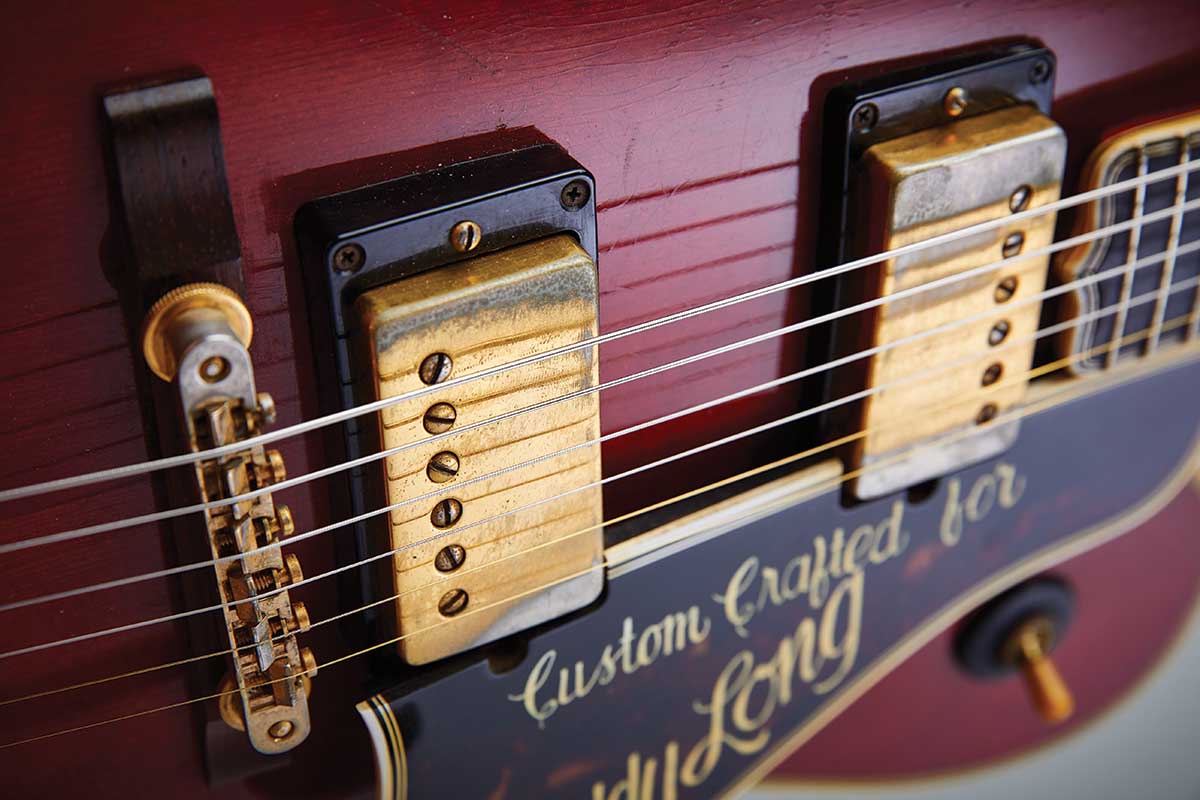How Gibson’s Byrdland took flight and bridged the gap between traditional jazz boxes and electric solidbodies
This short-scale carved-top electric hollowbody was Gibson’s premier thinline

The year 1954 was a watershed one for Gibson. For the first time in the company’s history, electric guitars outsold acoustics. In the post-war era, musical tastes were changing fast and Gibson rose to the occasion in order to meet demand at every opportunity.
After Ted McCarty came onboard in 1948 as CEO (soon to be president) of Gibson, the company hit one home run after another: the perennially popular ES-175 in 1949; the flagship L-5CES and Super 400CES electric archtops in 1951; and its first solidbody, the Les Paul Model, in 1952.
By ’55, the Les Paul range had expanded to include four other models – the Custom, Special, Junior and TV – and total sales figures show a steady increase year-on-year as the solidbody electric guitar continued to gain in popularity into the mid-50s.
As the decade progressed, this new style of electric guitar began to dominate the market and Gibson’s focus shifted away from the deep-bodied archtops of yore. Keen to develop further ideas and expand the product line, McCarty and his sales team increasingly reached out to pro players for feedback. And it appears they found the market to be somewhat divided.
On one side were Gibson’s traditional jazz boxes with their rich full-bodied tone, and on the other were the slimmer, feedback-resistant Les Paul solidbodies. Surely a compromise could be reached somewhere between the two? The suggestion was made by two of the best-known players at the time – Hank Garland and Billy Byrd – and Gibson listened.

Gibson explored Garland and Byrd’s idea of producing a version of the 17-inch-wide L-5CES with a thinner body depth, and four prototype instruments were built and registered in April 1955 as ‘L5-CES spec. thin model’.
Sensing they were on to something, Gibson quickly went on to develop not one but three new models, namely the Byrdland (a portmanteau of the names Byrd and Garland), the ES-350T and the ES-225T. Comprising Gibson’s seminal electric thinline range, this would prove to be one of the most important developments in the company’s history, leading directly to the now iconic semi-hollowbody double-cutaway ES-335T a few years later.
All the latest guitar news, interviews, lessons, reviews, deals and more, direct to your inbox!
Gibson’s new thinline electric guitar range made its debut at Chicago’s July 1955 NAMM convention and was marketed at three distinct price points. With its solid/carved spruce top and fancy appointments, the Byrdland was the more upmarket model costing $550 in Sunburst and $565 in Natural.
The mid-priced laminated maple-body ES-350T/N was $155 less, while the $179.50 ES-225T was aimed at the “popular price field”. The ES-225T made it first out of the gate with over 450 instruments shipped in ’55, while Gibson began shipping Byrdlands and ES-350Ts in earnest the following year.
“The new Gibson Byrdland designed for progressive guitarists,” reads the original advert. “Its thin body… Its narrow, short scale length… gives it unusually fast and brilliant tonal response, combining the characteristics of the solid body and conventional guitars.”
As per Gibson’s top-of-the-line solidbody Les Paul Custom and deep-bodied L-5CES and Super 400CES guitars, the thinline hollowbody Byrdland also featured Alnico aka ‘staple’ pickups, albeit with smaller bespoke dimensions in order to take into account the guitar’s unusually narrow neck profile.
The Evolution of the Gibson Byrdland
- April 1955: 4 prototypes registered as ‘L-5CES spec. thin model’
- July 1955: Byrdland introduced at NAMM in Chicago alongside ES-350T and ES-225T thinlines
- 1956: First shipped from Kalamazoo
- 1958: Alnico pickups replaced by PAF humbuckers
- 1959: Stereo Vari-tone optional
- 1960: Florentine/pointed cutaway
- 1962: Neck changes from 2- to 3-piece laminated maple
- 1963: Some with 1-piece laminated maple backs
- 1969: Original Venetian/round cutaway returns
Rod Brakes is a music journalist with an expertise in guitars. Having spent many years at the coalface as a guitar dealer and tech, Rod's more recent work as a writer covering artists, industry pros and gear includes contributions for leading publications and websites such as Guitarist, Total Guitar, Guitar World, Guitar Player and MusicRadar in addition to specialist music books, blogs and social media. He is also a lifelong musician.


